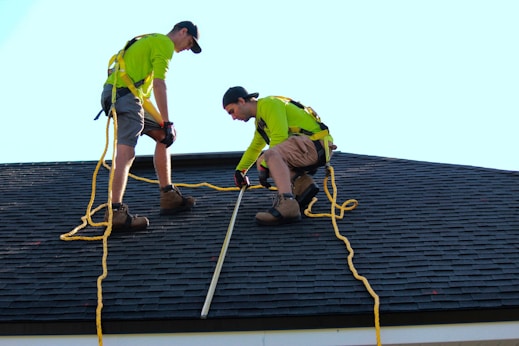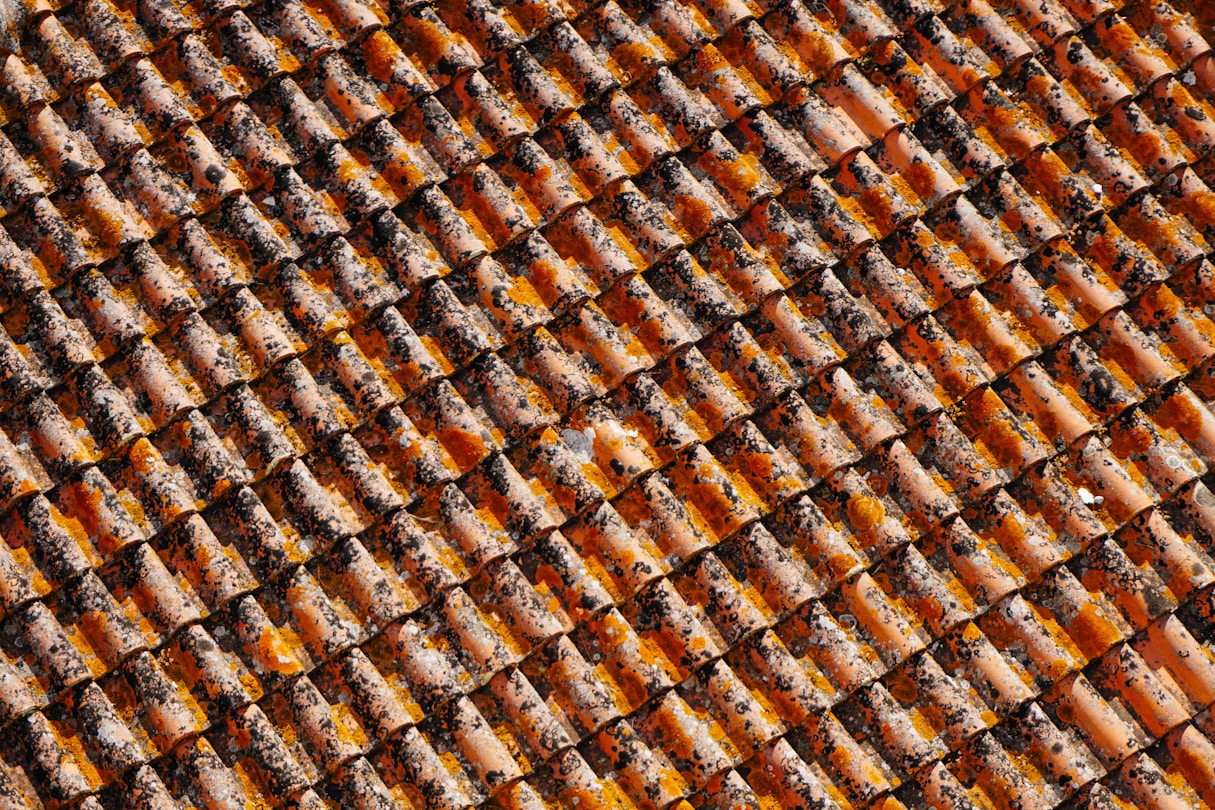
Choosing the right roof style is more than just a design decision—it affects your home’s functionality, energy efficiency, and long-term maintenance. Whether you’re building a new home, planning a renovation, or replacing an old roof, understanding the pros and cons of flat vs. pitched roofs can help you make an informed decision.
Let’s explore both types to see which one best suits your needs.
Despite the name, flat roofs aren’t completely flat—they typically have a slight slope (about 1–10 degrees) to allow for drainage. They’re commonly seen in commercial buildings and modern-style homes.
1. Modern Aesthetic
Flat roofs are a staple of contemporary and minimalist architecture. They offer a clean, sleek look.
2. Usable Space
Flat roofs can double as outdoor living areas—think rooftop gardens, patios, or solar panel platforms.
3. Easier Access
Maintenance, cleaning, and inspections are safer and easier on a flat surface.
4. Cost-Effective Installation
Flat roofs generally require fewer materials and are quicker to install, reducing initial costs.
1. Drainage Issues
Poor drainage can lead to water pooling, leaks, or structural damage if not properly designed and maintained.
2. Shorter Lifespan
Flat roofing materials (like TPO, EPDM, or modified bitumen) typically last 15–25 years—less than pitched roofs.
3. Higher Maintenance
Flat roofs require regular inspections and upkeep to prevent issues like water infiltration or membrane damage.


